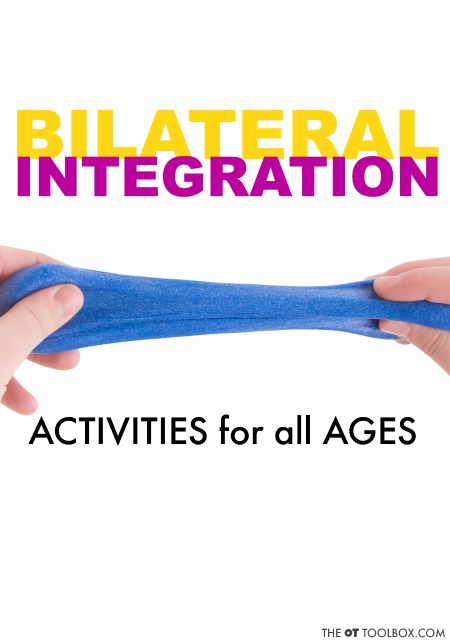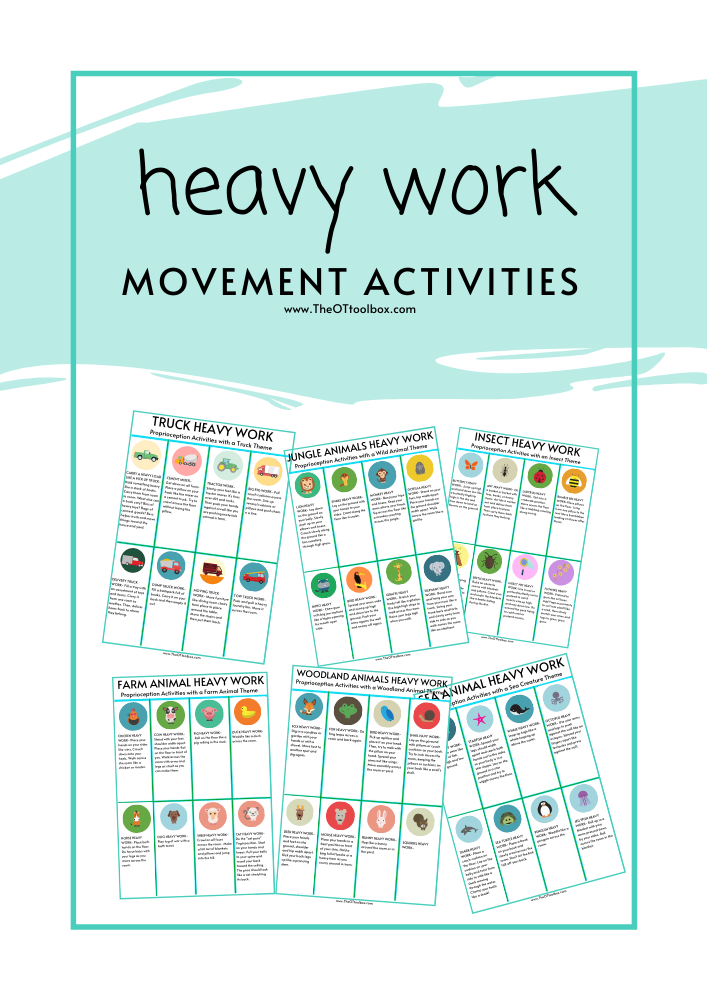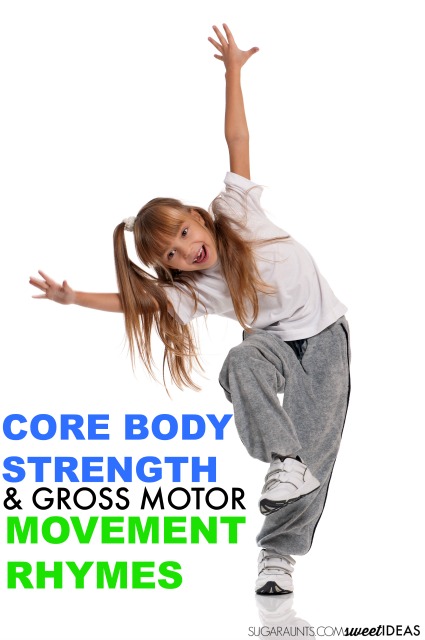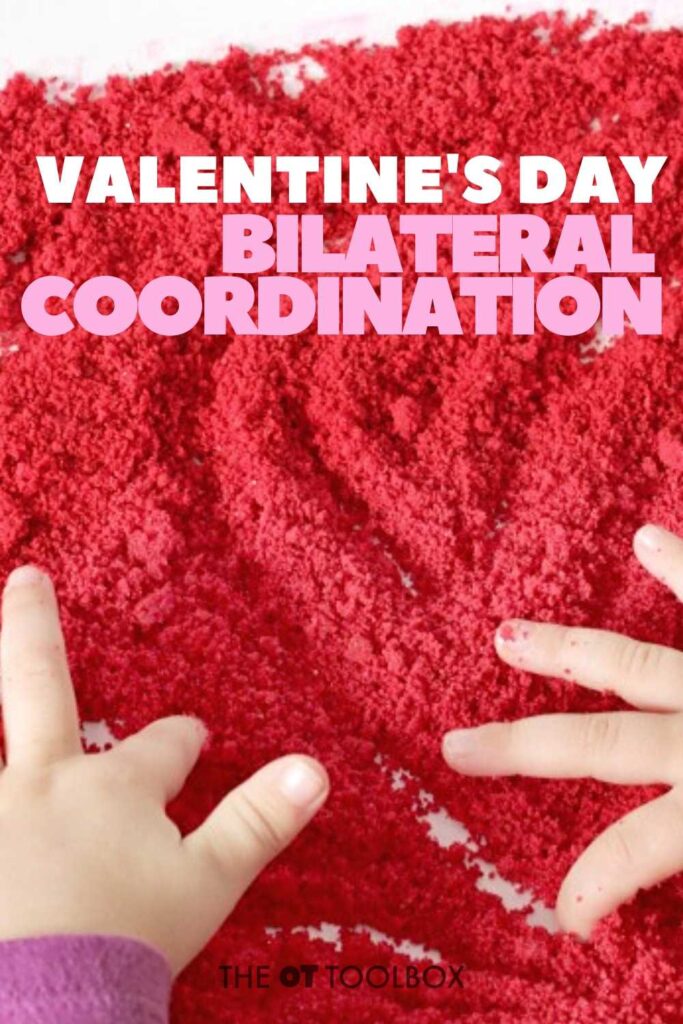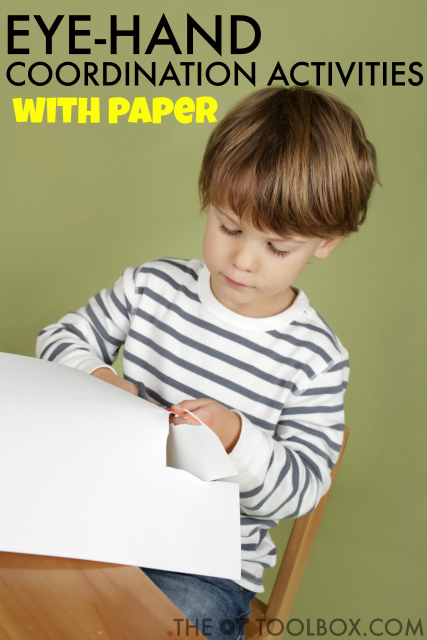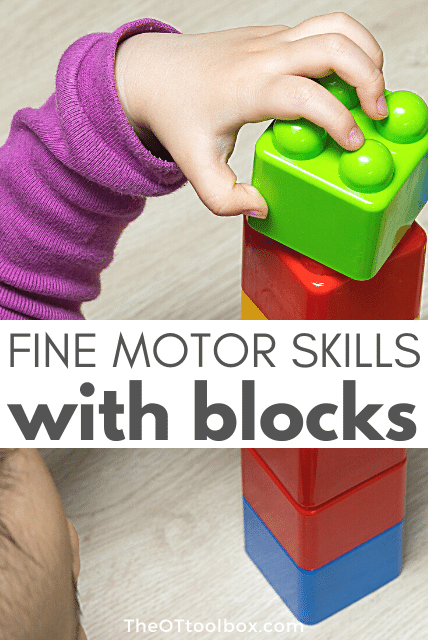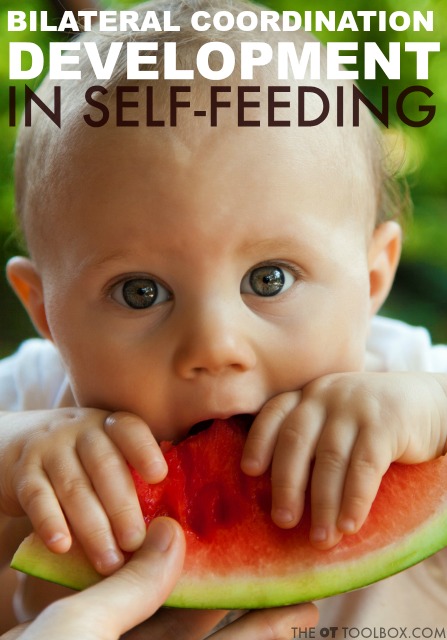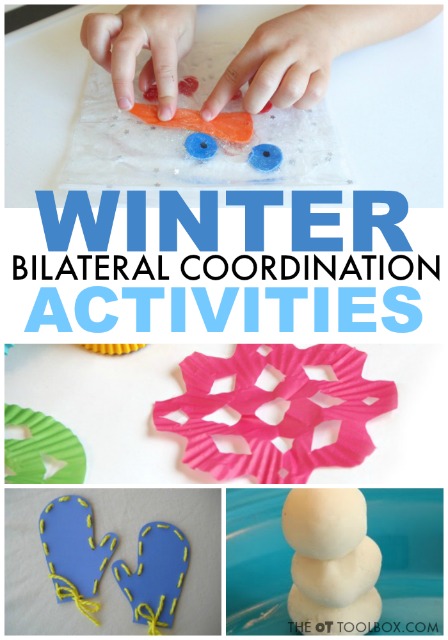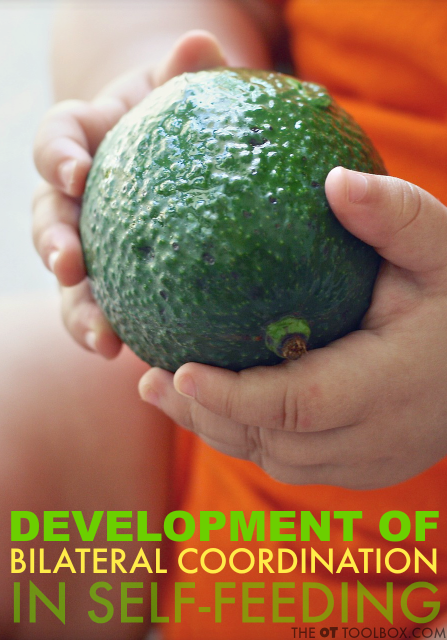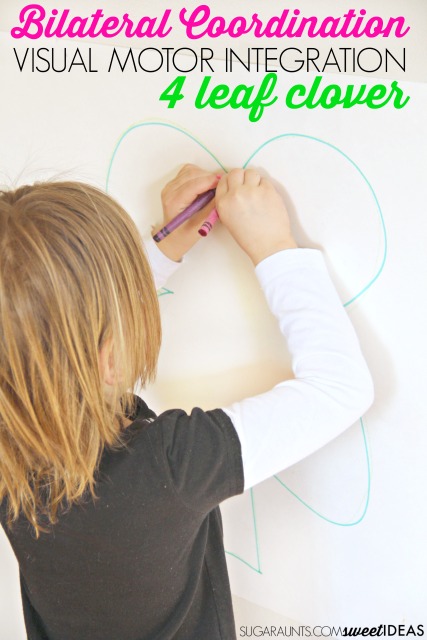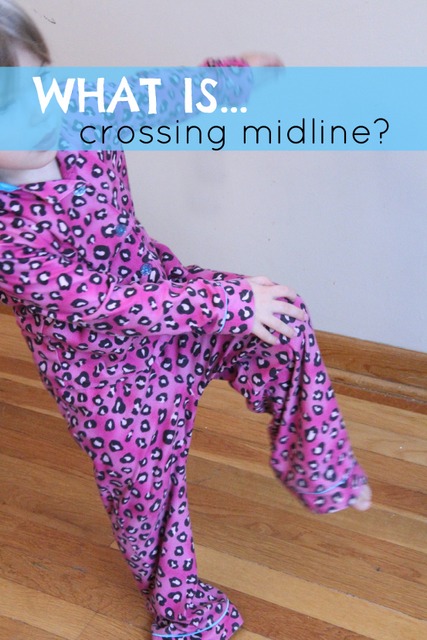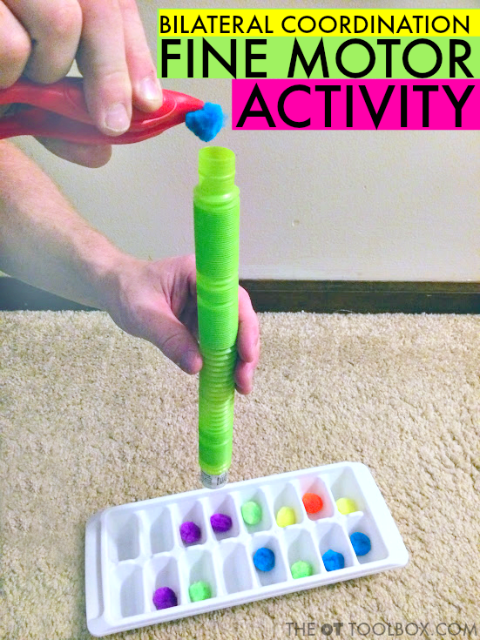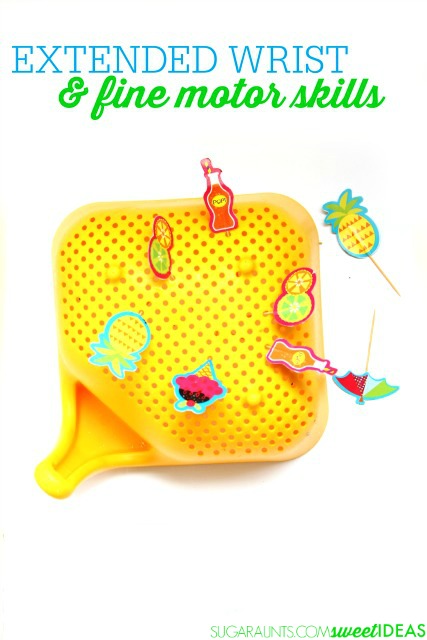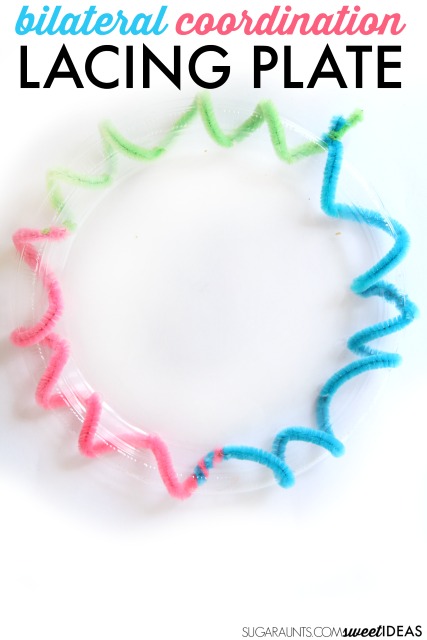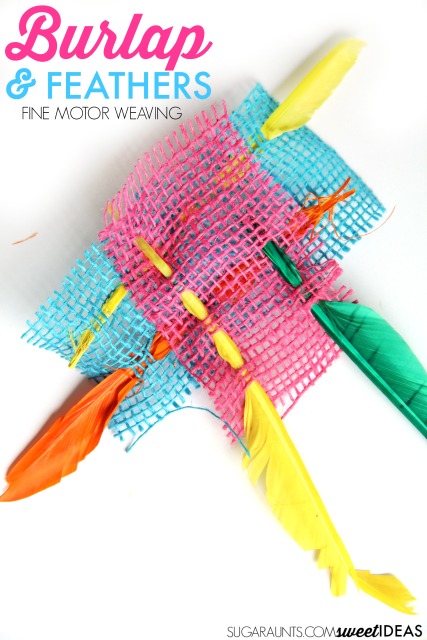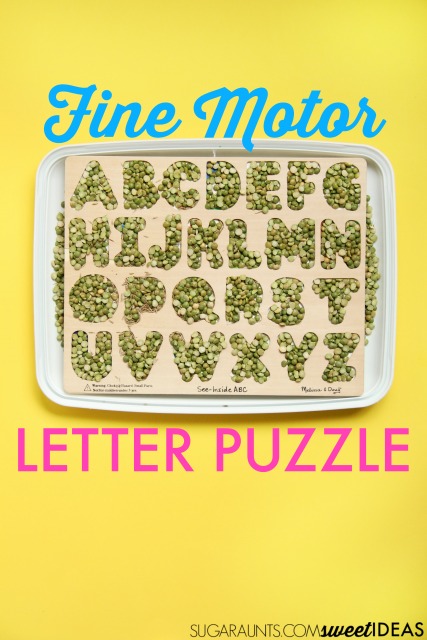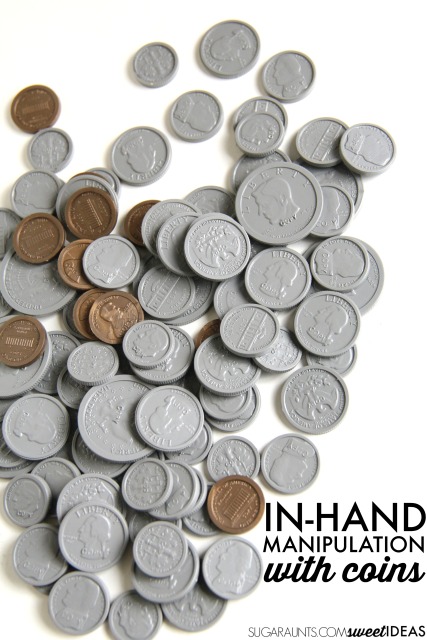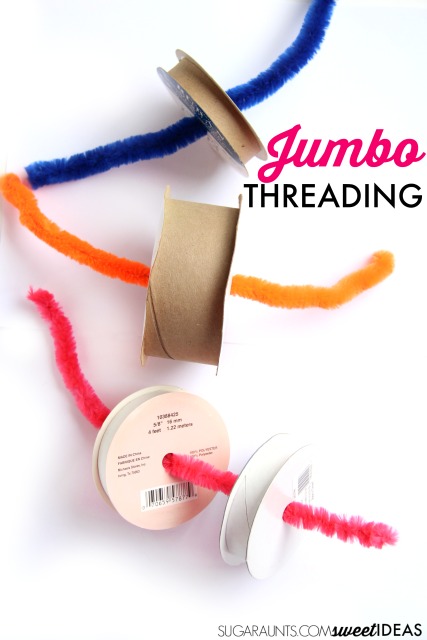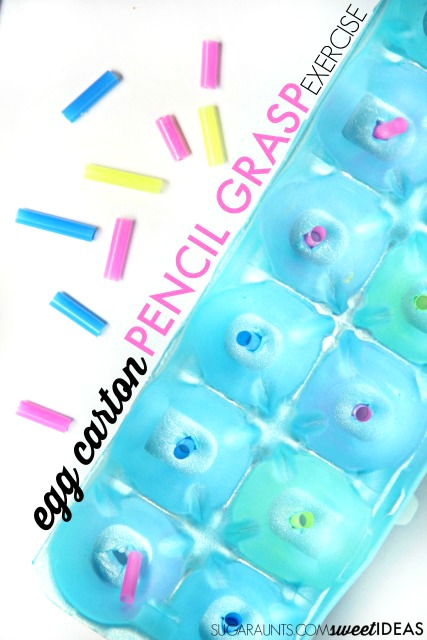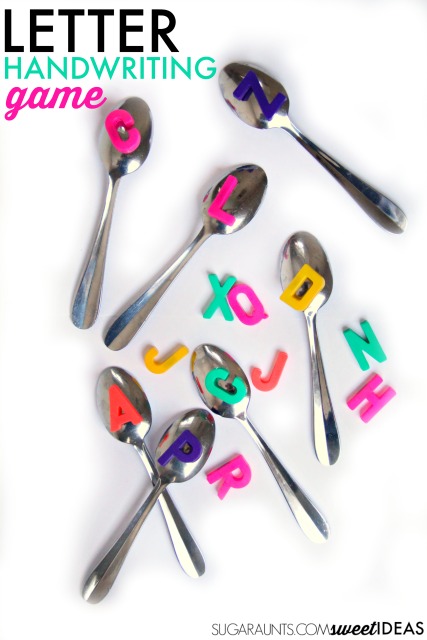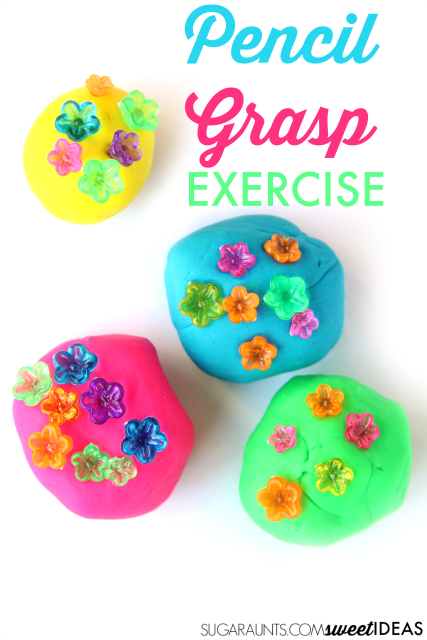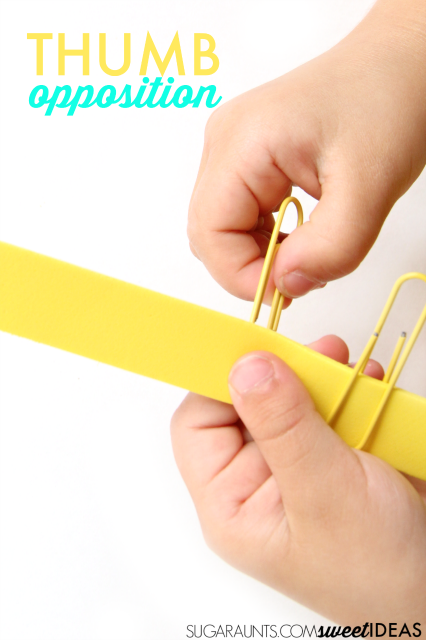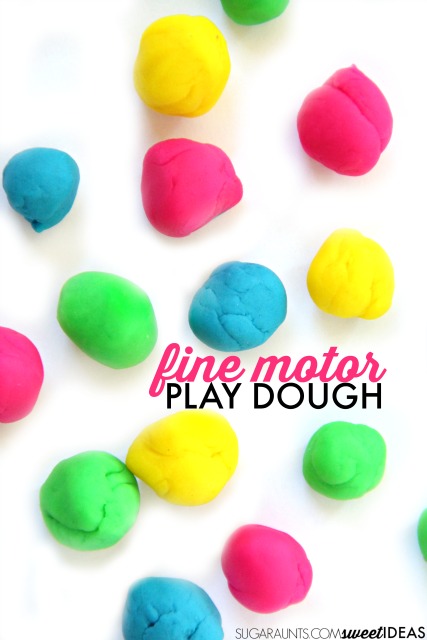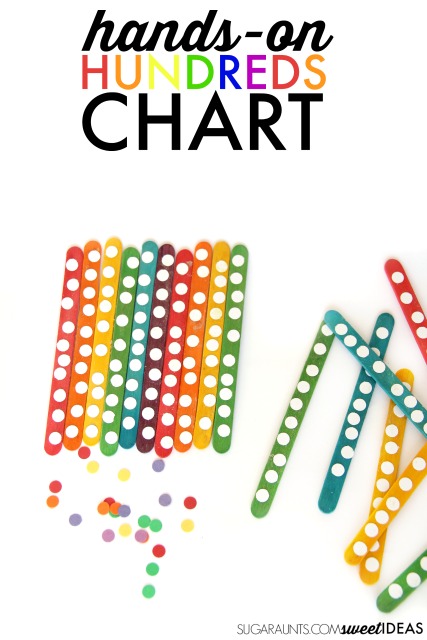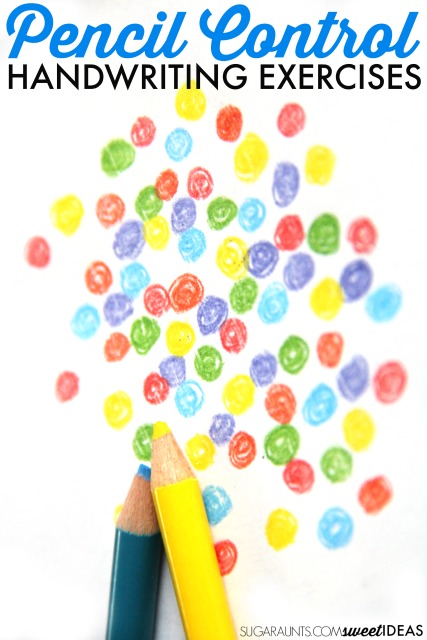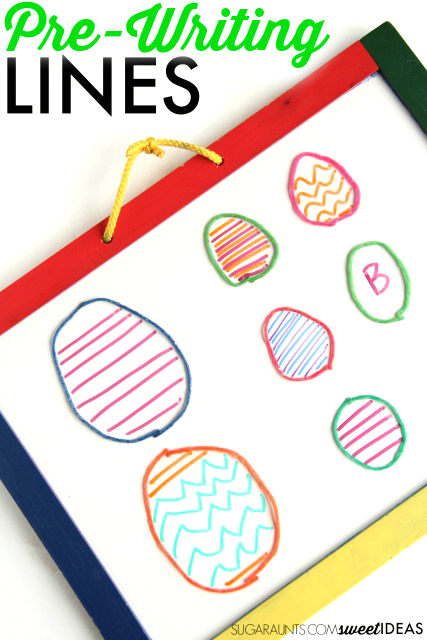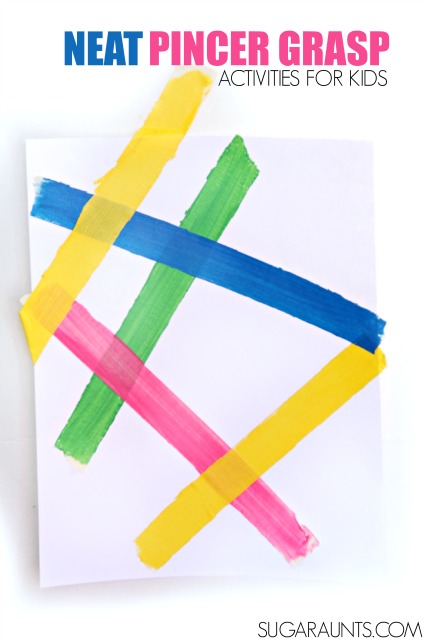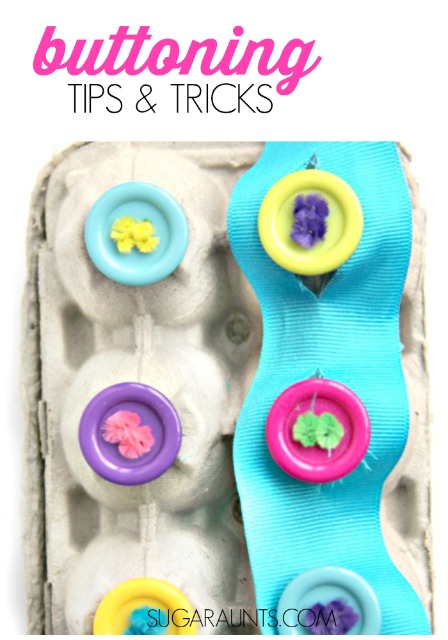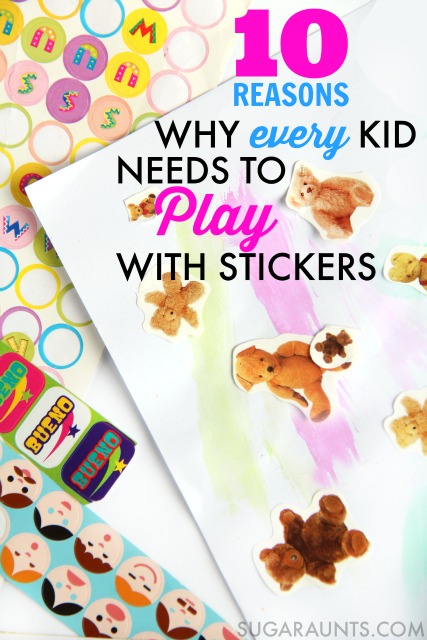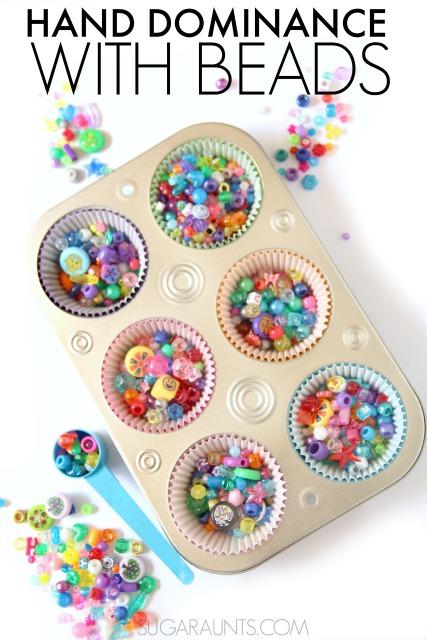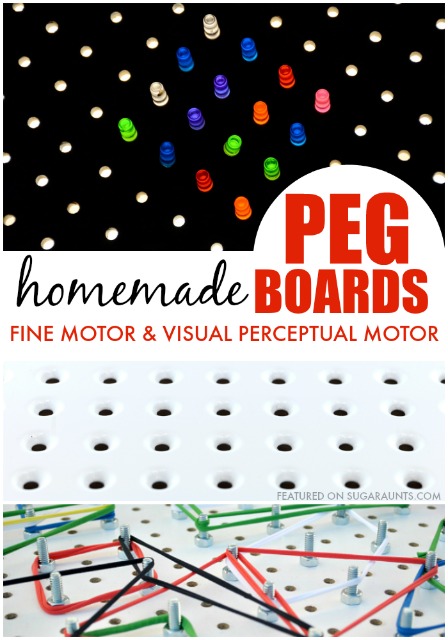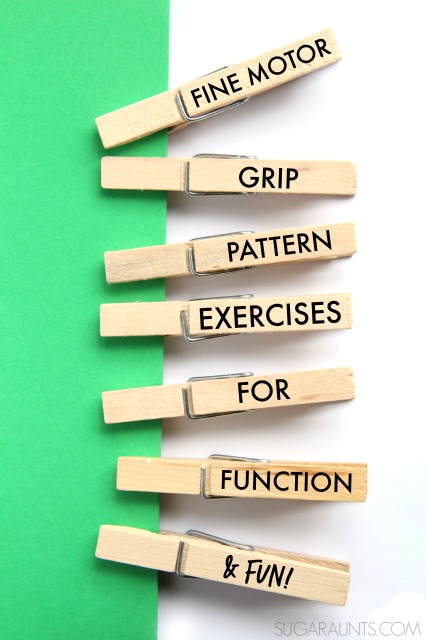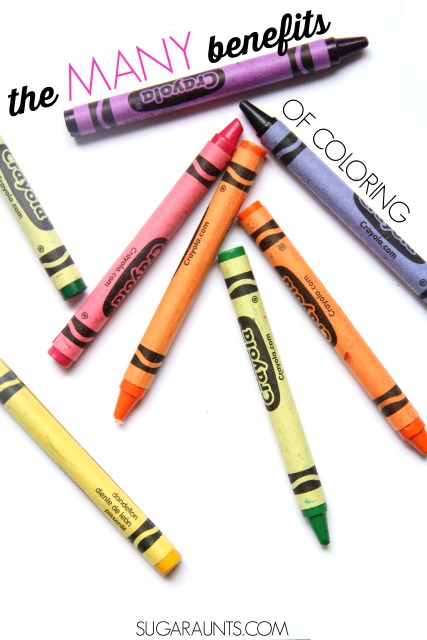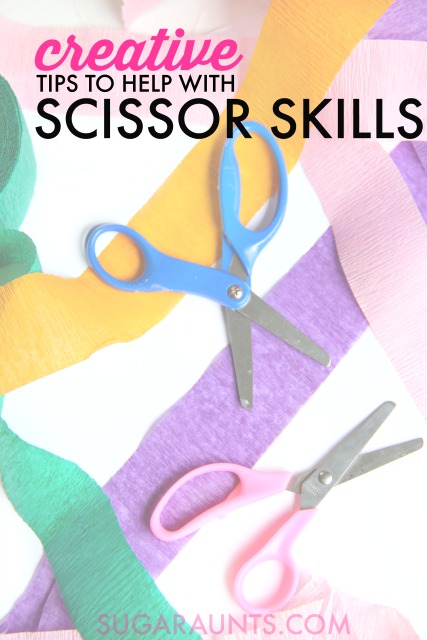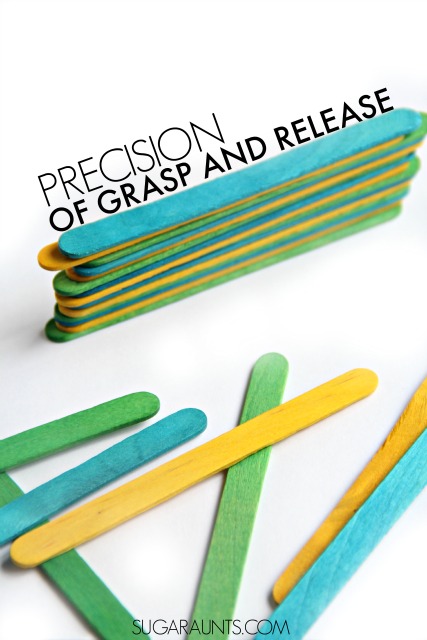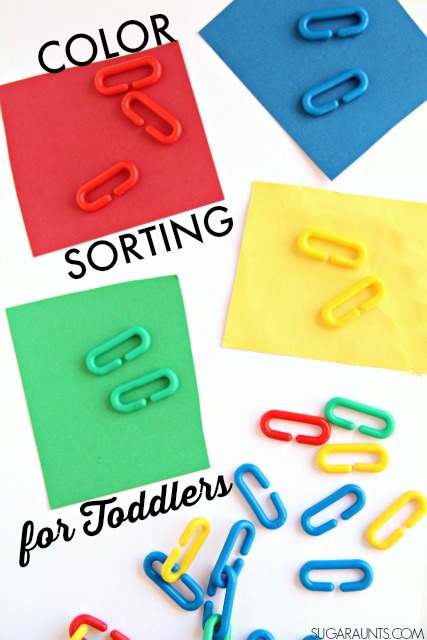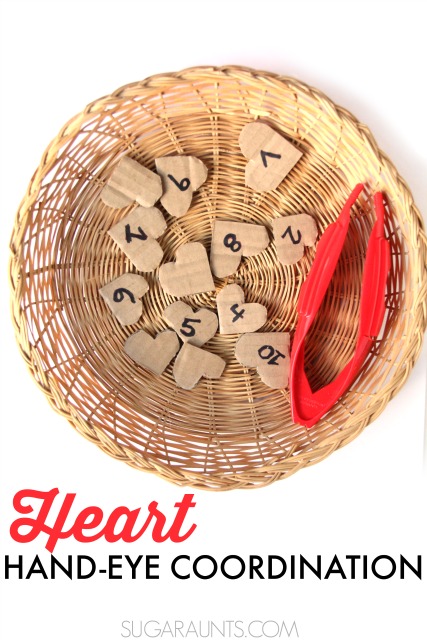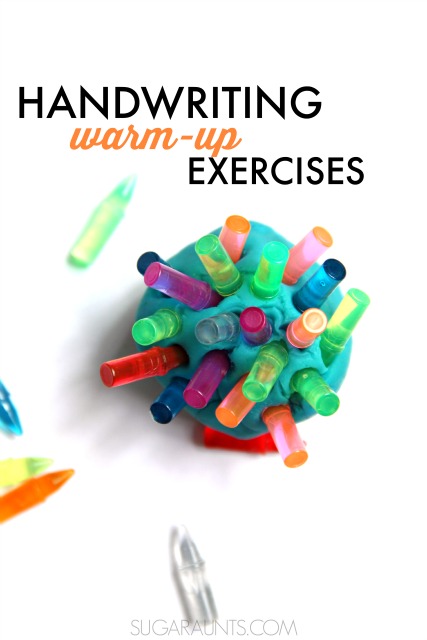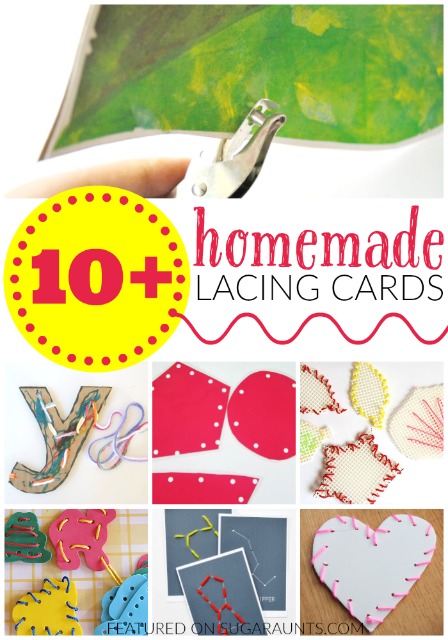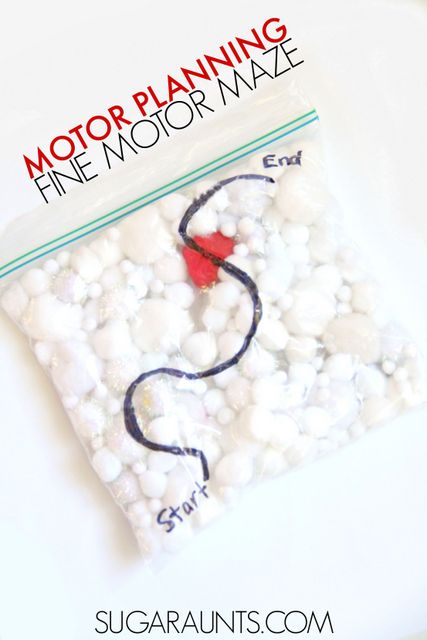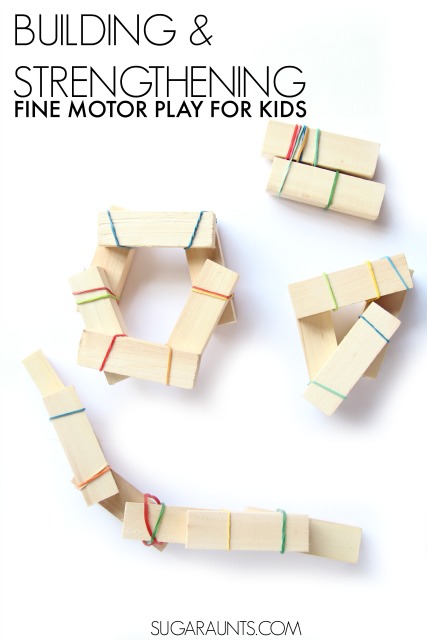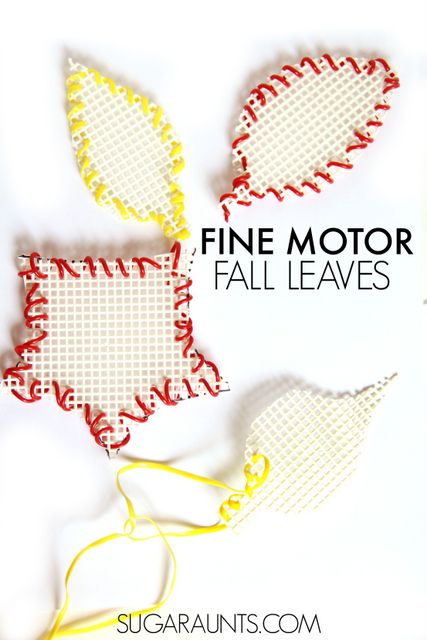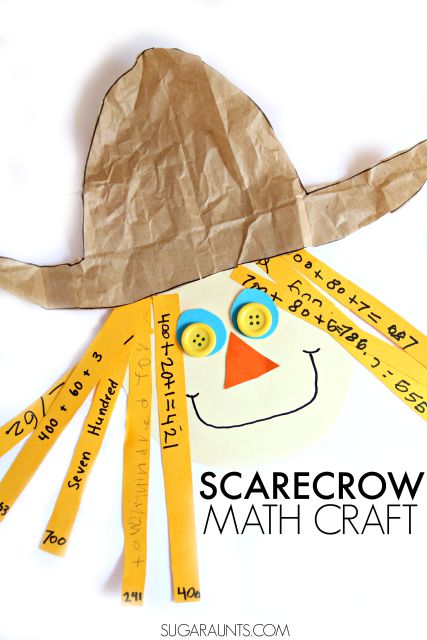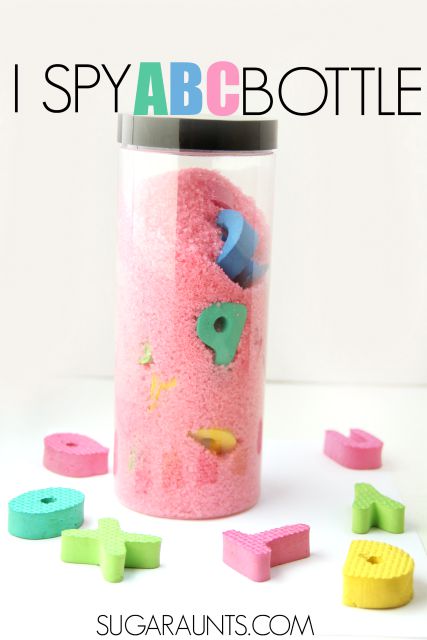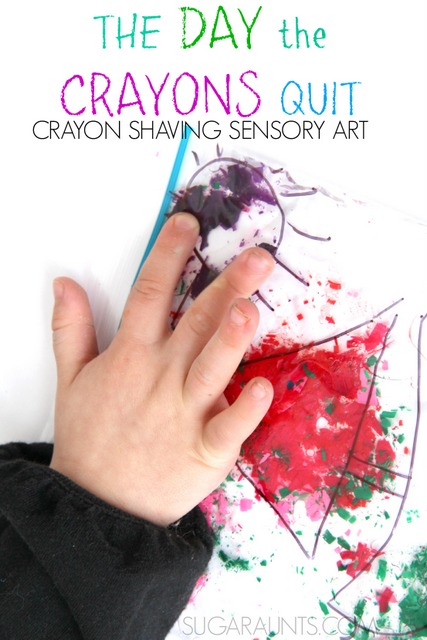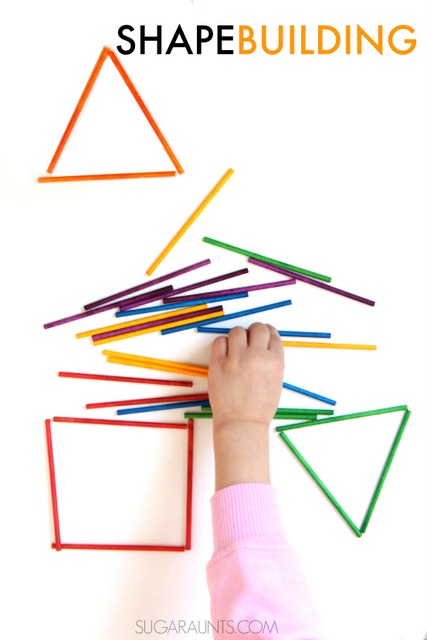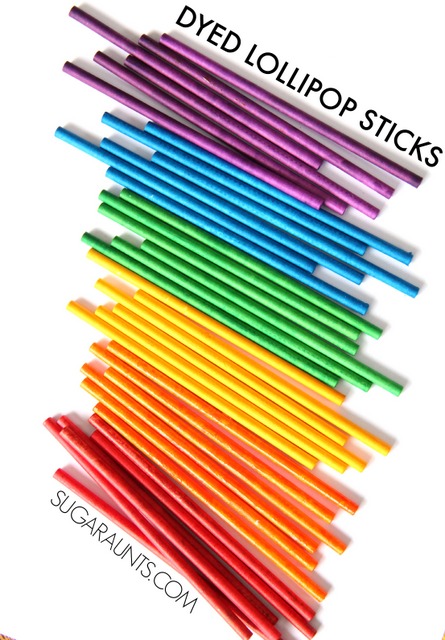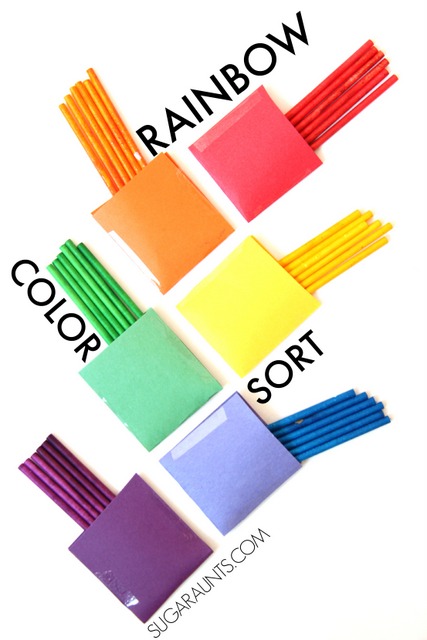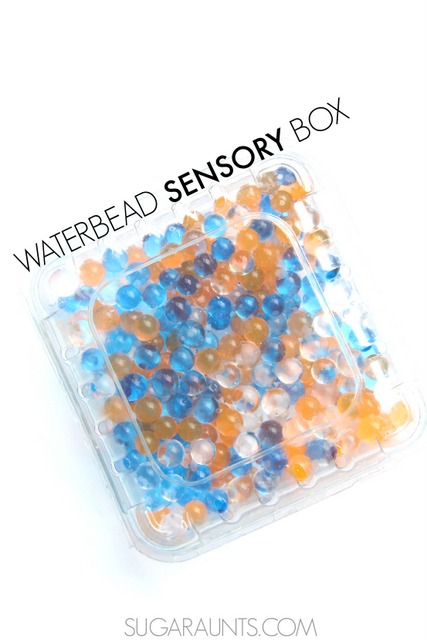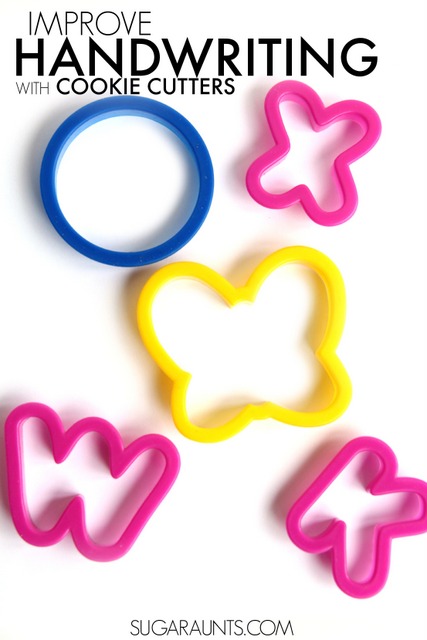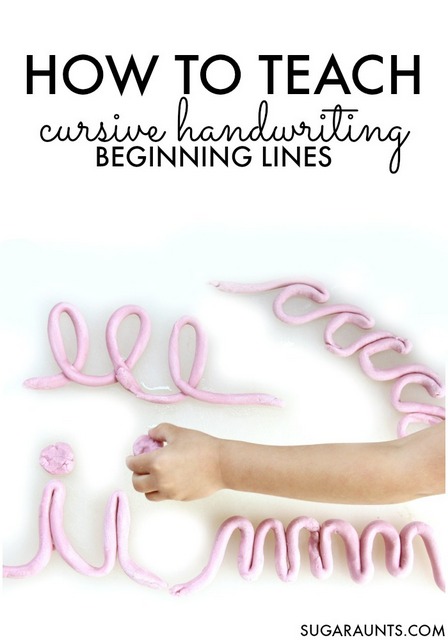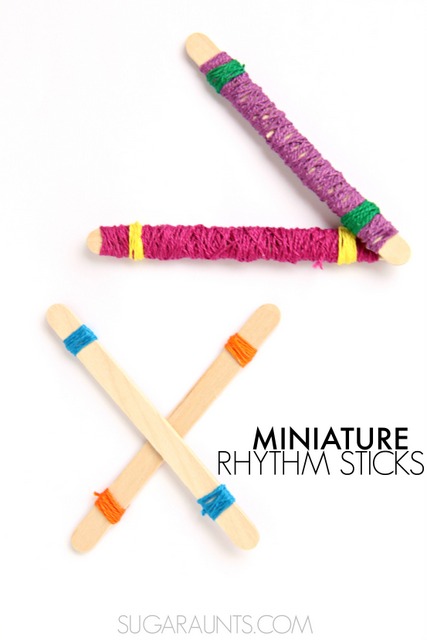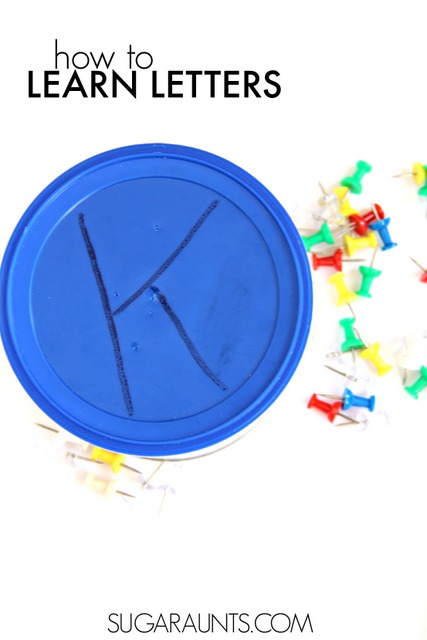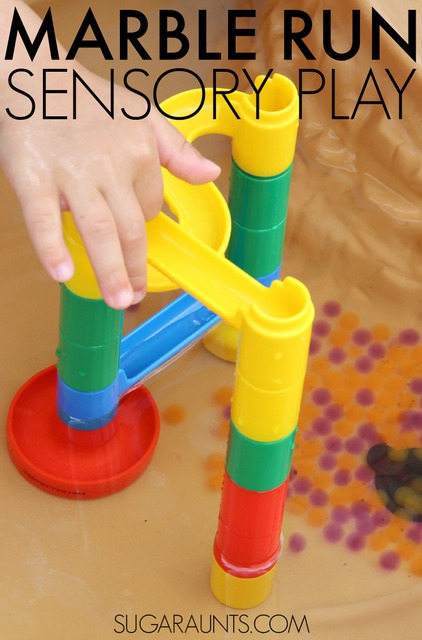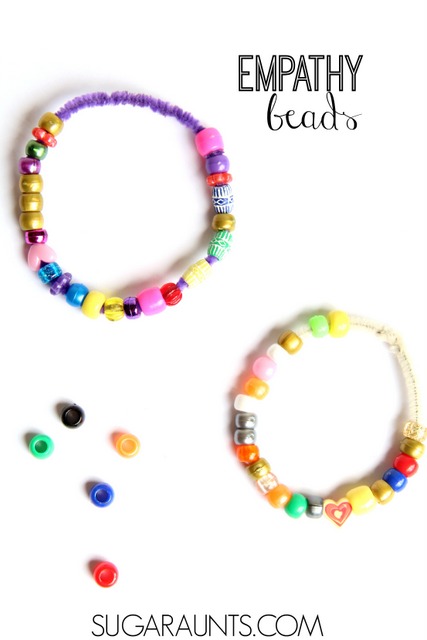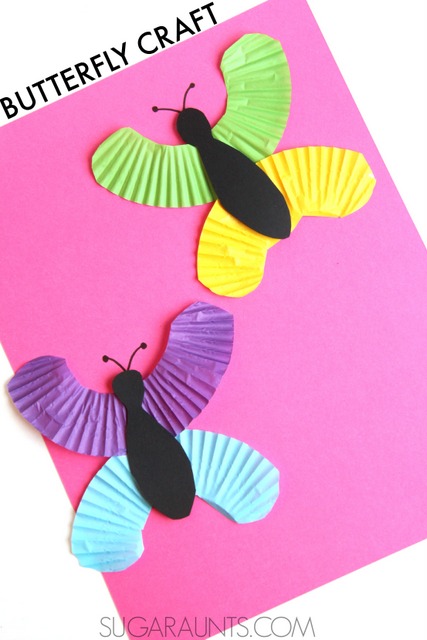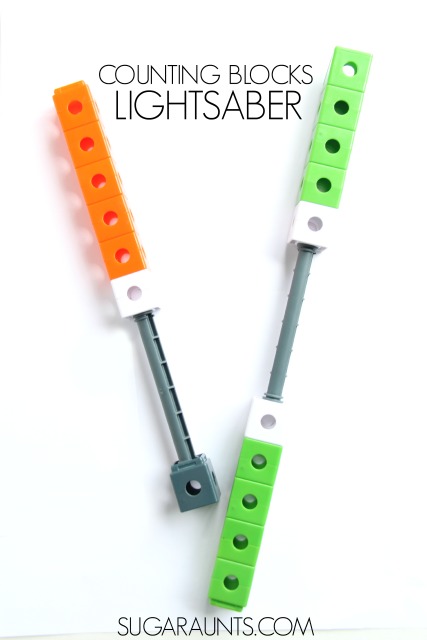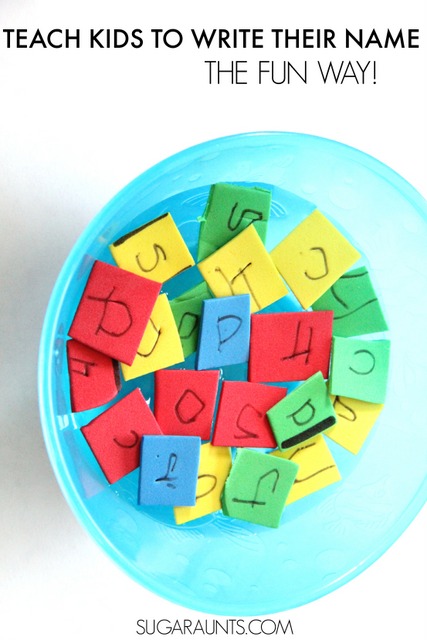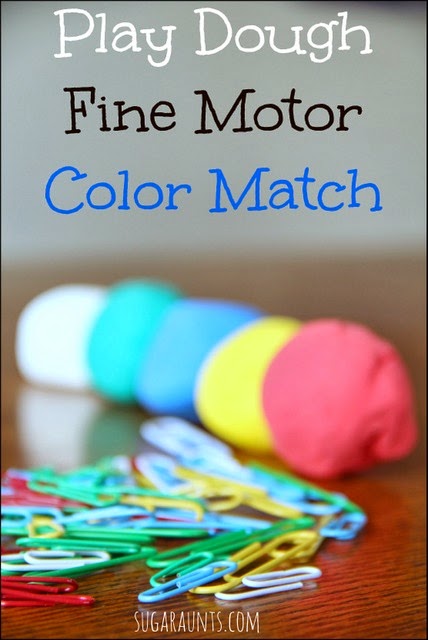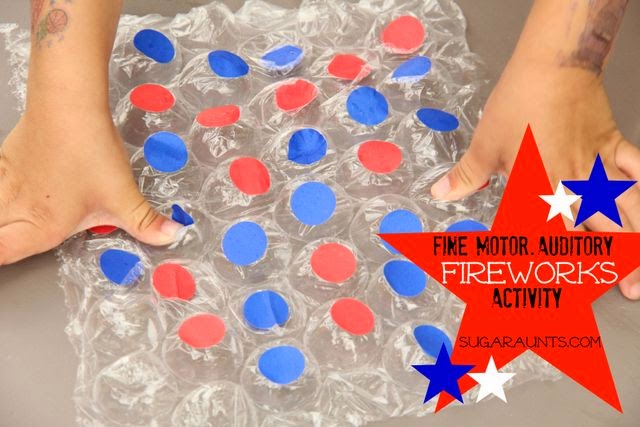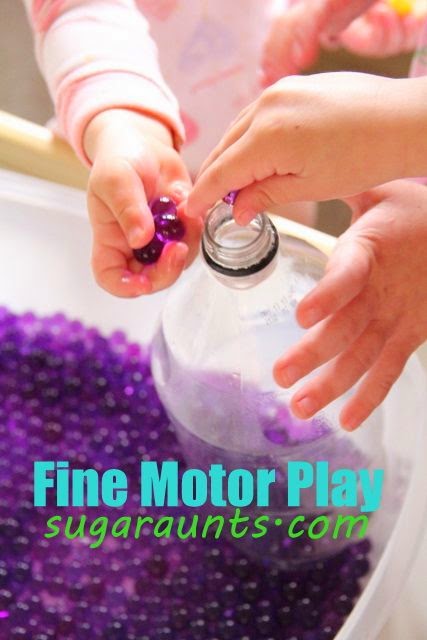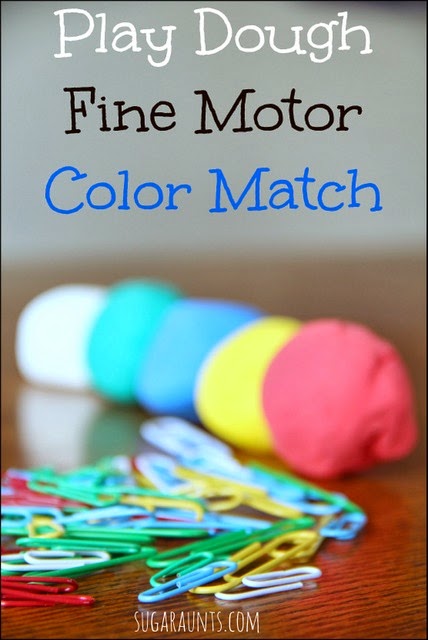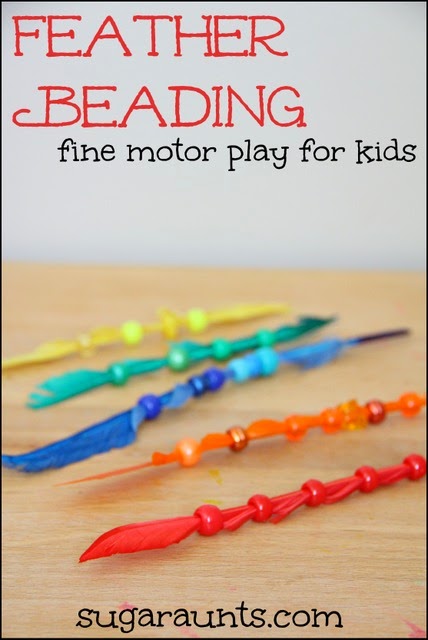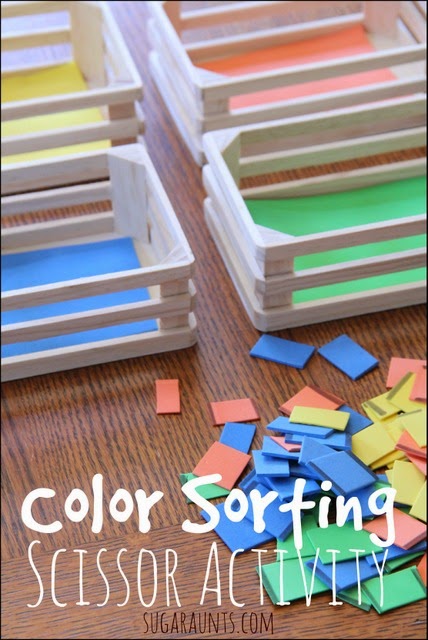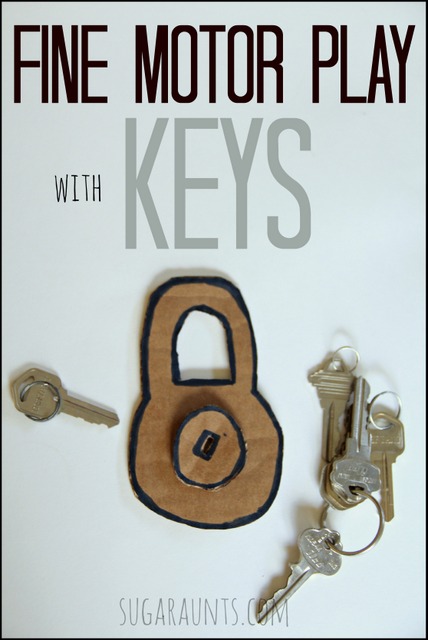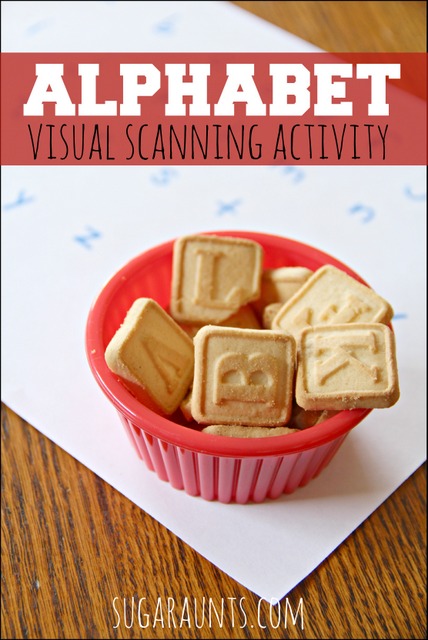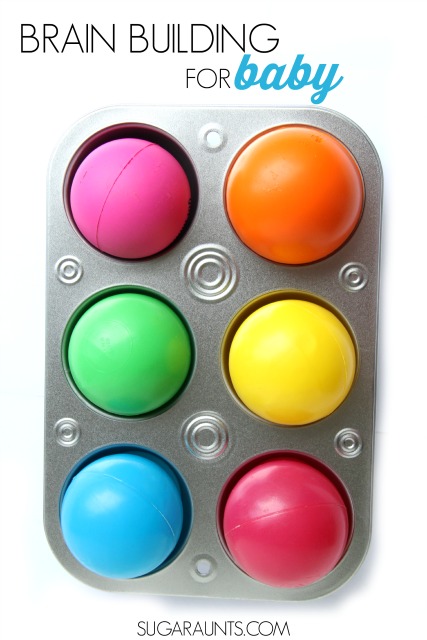Bilateral coordination activities are essential for coordinated and fluid movements that require both sides of the body. Also called bilateral integration, the movements of both hands together in activities requires processing and integration of both hemispheres of the brain to enable both hands working together at the same time, or bilateral movements. Without bilateral coordination, a child might appear to be clumsy or drop items, use primarily one hand in activities, or switch hands during tasks that require a dominant hand and a helper hand. Development of bilateral coordination skills is powerful in functional skills like self-feeding, handwriting, self-dressing, grooming, and more.
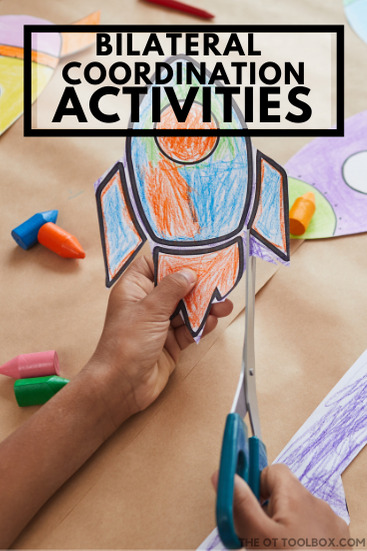
Bilateral Coordination Activities
First, let’s talk a little more about bilateral coordination. What is bilateral coordination, and how do bilateral movements impact learning, functional tasks, and play in child development?
Activities that support development of bilateral coordination skills integrate several areas of development:
- Visual motor
- Core strength and stability
- Attention and focus
- Sensory processing: vestibular, proprioceptive, and visual sensory systems
- Balance and coordination
- Body awareness
- Development of a dominant side of the body
Each of the areas listed above are both needed for participation in tasks requiring bilateral skills and developed, or strengthened through participation. Play is a powerful tool to support these areas.
Check out these bilateral coordination toys to help kids build skills through play and games.
Why is bilateral coordination important?
Bilateral coordination is important for a variety of skills.
When bilateral coordination or bilateral integration is intact and progressing appropriately through development, it is an indicator that both sides of the brain are communicating effectively and sharing information during functional tasks.
Younger toddlers and babies can be observed using both hands in play as they pick up objects in their line of sight. However, they typically will pick up items with the hand that is closest to the object or toy.
As toddlers progress in development, they will begin to establish a dominant hand and crossing midline. Read more about this in our resource on cross crawl exercises.
This ability to utilize a dominant hand and a non-dominant hand in activities indicates a maturation of the brain and lateralization in functional tasks, which is very important for motor planning, directionality, and visual motor skills.
When a child is challenged in development of bilateral coordination skills, there can be resulting difficulties.
In fact, impaired bilateral coordination skills can lead to difficulty in the classroom. Science tells us that problems with bilateral coordination can have an impact on academic performance, with slowness and disinterest in schoolwork.
In the school setting there are many areas that can be a challenge as a result of bilateral coordination struggles:
- performance in school tasks that require coordination
- using scissors
- writing- including holding the paper and erasing
- tracing
- using tools such as rulers
- managing clothing- buttons, zippers, snaps
- managing lunch containers
- putting on and taking off a backpack
- turning pages in books
- managing and organization skills in folders and backpacks
Development of bilateral coordination in self-feeding depends greatly on the child’s developmental level. The baby who is learning to place dry cereal in their mouth will be vastly different level than the child who is scooping soup or cutting a piece of chicken. Development of fine motor skills and visual motor skills have an impact on coordination of the hands in self-feeding.

What makes up bilateral coordination?
In fact, there are three components of bilateral coordination:
- Symmetrical movements
- Alternating movements
- Dominant hand/supporting hand movements
types of bilateral coordination:
There are three different types of bilateral coordination. Let’s break these down.
1.) Symmetrical movements– Both hands do the same thing at the same time. An example of this would be pulling up pants or socks. Other activities that can work on this skill include
- Holding a squeeze bottle with both hands at the midline to paint.
- Jumping rope
- Jumping Jacks
- Catching a ball with two hands
- Holding onto a swing as it moves back and forth
- Holding onto a rope in tug of war
- Pushing oneself against an object to propel oneself forward or backward against a stable object
- Pushing oneself forward or backward against an unstable object
2.) Alternating Movements– Using the two extremities in alternating motions. You will see alternating bilateral coordination with swimming or climbing a ladder. Activities to work on this skill include:
- Riding a bike
- Marching
- Holding onto a swing, slide, or other object while using the other hand to move and manipulate toys or objects
- Alternating movements with the arms or legs
3.) Dominant hand/Non-dominant hand– Using one hand to perform a task while the other assists is needed for many fine motor skills. This type of bilateral coordination is needed for writing, and cutting with scissors. Activities to work on this skill include:
- Threading
- Lacing cards
- Coloring
- Writing
- Tying shoes
This occupational therapy tool is Easter-themed but it builds the skills needed for kids to cut with scissors while refining and building accuracy with scissor skills.
Bilateral Coordination and the Vestibular System
Bilateral coordination is closely related to the vestibular system. When our body registers movement and gravity it allows us to respond with appropriate movement, balance, and posture. The vestibular system and our body’s ability to register information and integrate it into movements enables bilateral coordination and body awareness of the upper and lower body. Below, you will find all of our activities that build and develop bilateral coordination. Try these activities to work on many skills like visual motor integration and fine motor skills while encouraging bilateral coordination. Be sure to stop back, because this page will be updated often!
Related: Need some indoor bilateral coordination activities like this one? Try our list of Winter Bilateral Coordination Activities that kids will love!
bilateral coordination goals occupational therapy
Occupational therapy practitioners target underlying skills like bilateral coordination because these skills impact function. OTs will work on bilateral coordination goals in occupational therapy with a focus on function. This means that a daily functional task like getting dressed requires bilateral coordination in order to pull up ones pants and put on a shirt. OTs and OTAs don’t just have a goal for bilateral coordination because their client or patient can’t put on their clothing. They focus the goal around getting dressed with a focus on bilateral coordination skills which are used in the task.
We’ve discussed above, that bilateral coordination refers to the ability to use both sides of the body together in a coordinated and controlled manner. When it comes to ADLs and IADLs, you can see how bilateral coordination is used all day long! Occupational therapy goals related to bilateral coordination are often tailored to improve a person’s ability to perform various functional tasks.
Occupational therapy bilateral coordination goals target skills such as:
- Play Skills
- Functional Activities (ADLs and IADLs)
- Fine Motor Skills
- Gross Motor Skills
- Bilateral Hand Use
- Visual-Motor Integration
- Tool Use
Here are some examples of bilateral coordination goals in occupational therapy:
- Dressing Goal: Patient will improve bilateral coordination during dressing tasks to button their shirt using both hands within 2 minutes.
- Playing with Beads goal: The client will string 10 beads onto a string using both hands simultaneously, without assistance to enhance fine motor skills using bilateral coordination.
- Throwing a Ball goal: The client will throw and catch a ball with both hands, maintaining eye contact with the ball, for 5 consecutive throws and catches, using gross motor skills that require bilateral coordination.
- Cutting with Scissors Goal: To increase the ability to use both hands together effectively, the client will use scissors to cut along a straight line with both hands coordinating together, demonstrating improved accuracy and control.
- Copying Geometric Shapes Goal: To improve coordination between visual input and motor output with both hands, the client will copy geometric shapes (e.g., squares, circles) using both hands simultaneously, maintaining appropriate spatial orientation and size.
- Using a Knife and Fork Goal: To improve bilateral coordination for using tools and utensils, the client will use a knife and fork to cut and eat food independently, demonstrating efficient bilateral coordination and grasp patterns.
- Building block tower goal: To engage in play activities that require bilateral coordination, the client will build a tower of blocks using both hands simultaneously, achieving a height of 6 inches without assistance.
These goals can be tailored to the individual’s specific needs and abilities, taking into account factors such as age, developmental level, and underlying conditions. It’s essential for occupational therapists to select goals that are functional and meaningful to the client’s everyday life, promoting independence and participation in desired activities.
Bilateral Coordination activities for kids:
We’ve included many bilateral coordination activities that are founded through play.
Development of Bilateral Coordination in Self-Feeding
Winter Bilateral Coordination Activities
Bilateral Coordination Shamrock
Crossing Mid-line Gross Motor March
Bilateral Coordination with Pop Tubes
Bilateral Coordination Lacing Plate
Fine Motor Burlap Feather Lacing
Extended Wrist Fine Motor Activity
In-hand Manipulation Letter Puzzles
In-Hand Manipulation with Coins
Jumbo Fine Motor Skills Threading Activity
Intrinsic Muscle Strength with an Egg Carton
Magnetic Spoons and Handwriting Game
Pencil Grasp Trick Thumb IP Flexion
Fine Motor Play Dough Intrinsic Muscle Strength
Pencil Control Exercises
Pre-Writing Handwriting Lines
Neat Pincer Grasp Fine Motor Activity
Benefits of Stickers in Occupational Therapy
Hand Dominance and Fine Motor with Scooping and Pouring
Clothes Pin Exercises and Pinch Grasp Types
Creative Scissor Skills Practice
Precision in Grasp and Release of Fine Motor Skills
Chain Link Counters Color Sort
Hand-Eye Coordination Heart Math
Motor Planning Fine Motor Maze
Hand Strengthening Building Activity
Handwriting With Cookie Cutters

Handwriting on Resistive Foam Trays
Fine Motor Pincer Grasp Color Match
Fine Motor Play With Crafting Pom Poms
Fine Motor Tripod Grasp with Cereal
Fine Motor And Auditory Fireworks
In Hand Manipulation Ideas for Kids
Color Matching with Play Dough
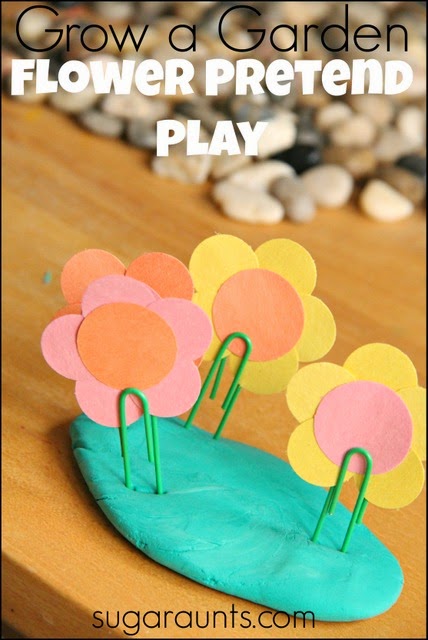
Brain Building with Balls in a Muffin Tin
Using Pipe Cleaners for Fine Motor Skills
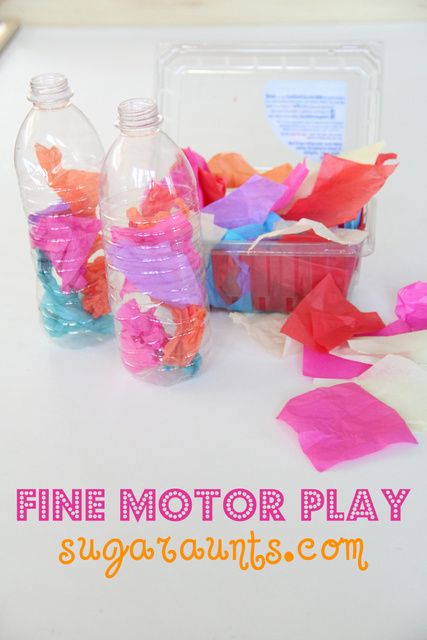
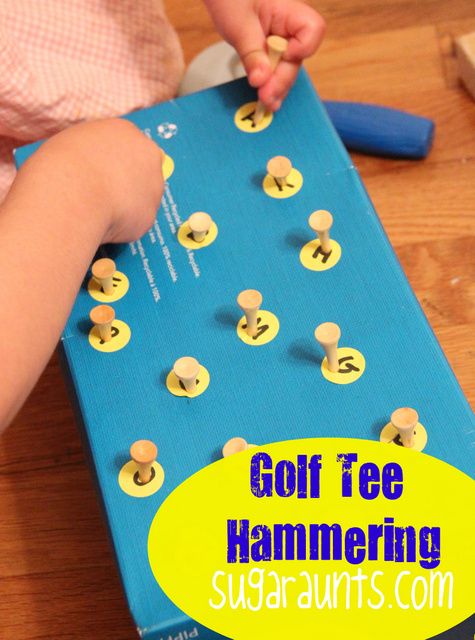
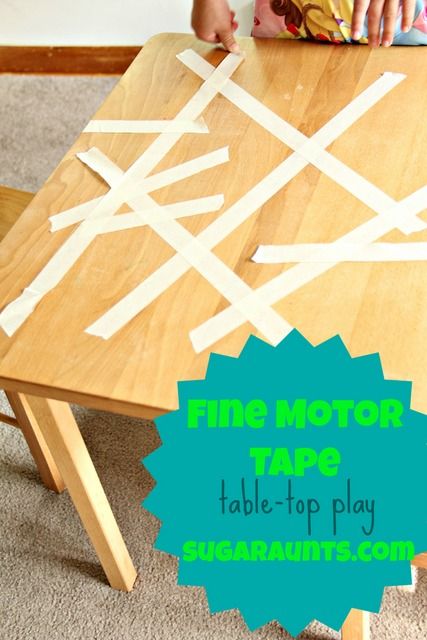
Fine Motor Play with Tissue Paper
Fine Motor Table Top Play with Tape
Creative Scissor Skills Practice
Improving Scissor Skills with Play Dough
Finger-painting Fireworks for Scissor Use
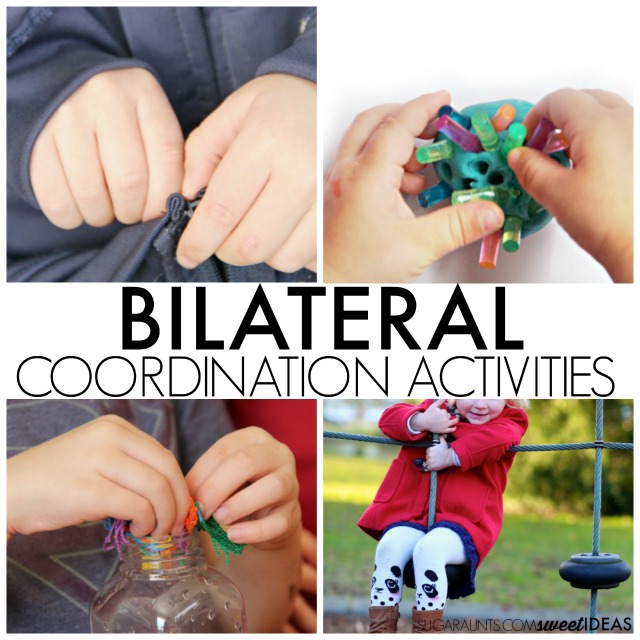
Bilateral Coordination Problems
We covered a lot here about activities to support the development of bilateral coordination. But what if there are challenges that impact coordinated movement of the two sides of the body?
There are several areas to explore when it comes to bilateral coordination:
- Praxis-
- Modulation- Challenges with sensory defensiveness, gravitational insecurity, and aversive responses to movement can also manifest as a result of modulation problems.
- Sensory integration dysfunction- This includes visual, proprioceptive input, and vestibular input that are not registered or are not processing.
- Balance and core strength
bilateral coordination activities occupational therapy
The following are some occupational therapy interventions to use in developing strengthening bilateral coordination skills. These bilateral coordination exercises may not be appropriate for every individual.
- Child prone on floor scooter as the child moves the scooter with their hands on the floor to propel through an obstacle course
- Child prone on a sensory swing to push away from the OT using a dowel rod or ball
- Pulling on ropes against the resistance of the OT while sitting on a floor scooter, therapy ball, or sensory swing
- Child sitting on a therapy ball, scooter, platform swing and pulling a hula hoop against the resistance of the therapy provider
- Child prone in a therapy net and using ropes to push and pull rhythmically against the therapy provider’s resistance.
- Kicking a ball or toy suspended from the ceiling with both feet
- Catching a ball while on a stabile base of support or an unstable base (on a wobble disk, sitting on a platform swing, or standing on a therapy mat)
- Sitting or laying on a platform swing and throwing bean bags into targets with both hands
- Sitting on a ring swing or inner tube swing with ropes to pull from side to side
- Climbing activities: climbing a slide or on overhead monkey bar equiptment
- Swinging on a traditional swing and tossing objects into a target
- Hand clapping games
- Opening a jar, food containers
- Zippering, snapping, buttoning clothing
- Tying shoes
- Typing on a keyboard
- Cutting with scissors
- Writing and holding the paper on a table surface
- Putting on pants, shoes, and socks
- Finger painting with both hands
- Sign language
All of the bilateral coordination strategies listed above can be modified to include discrete or sequenced bilateral movements. They can also include symmetrical or alternating bilateral movements.
These exercises and therapy activities, combined with the bilateral coordination activities listed in the links above can provide a great collection of ideas to support development.

Colleen Beck, OTR/L has been an occupational therapist since 2000, working in school-based, hand therapy, outpatient peds, EI, and SNF. Colleen created The OT Toolbox to inspire therapists, teachers, and parents with easy and fun tools to help children thrive. Read her story about going from an OT making $3/hour (after paying for kids’ childcare) to a full-time OT resource creator for millions of readers. Want to collaborate? Send an email to contact@theottoolbox.com.


